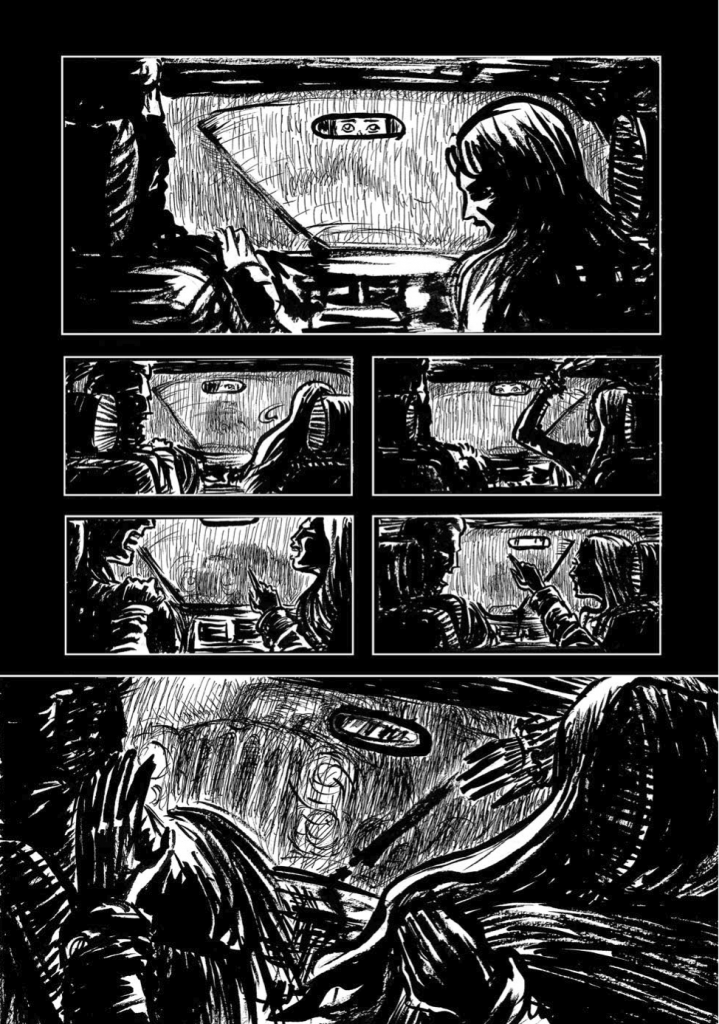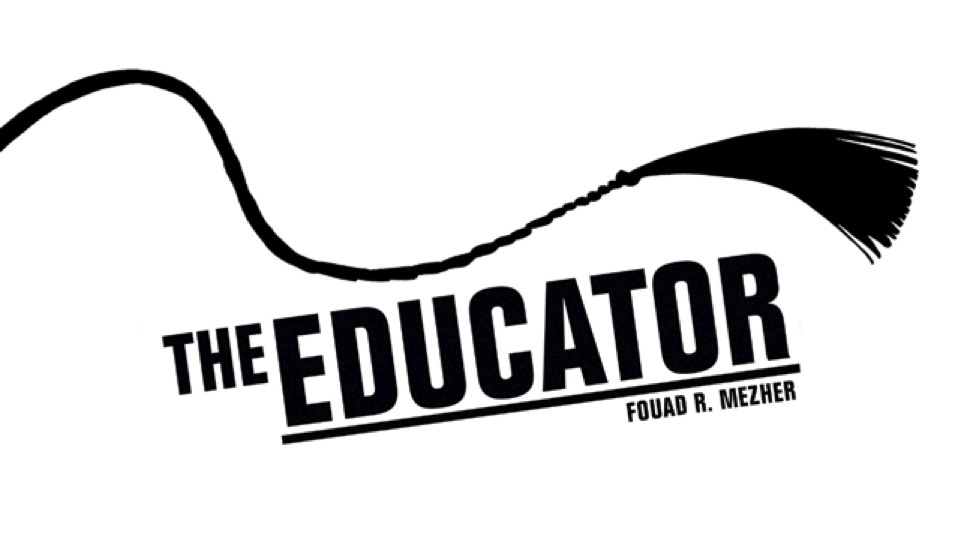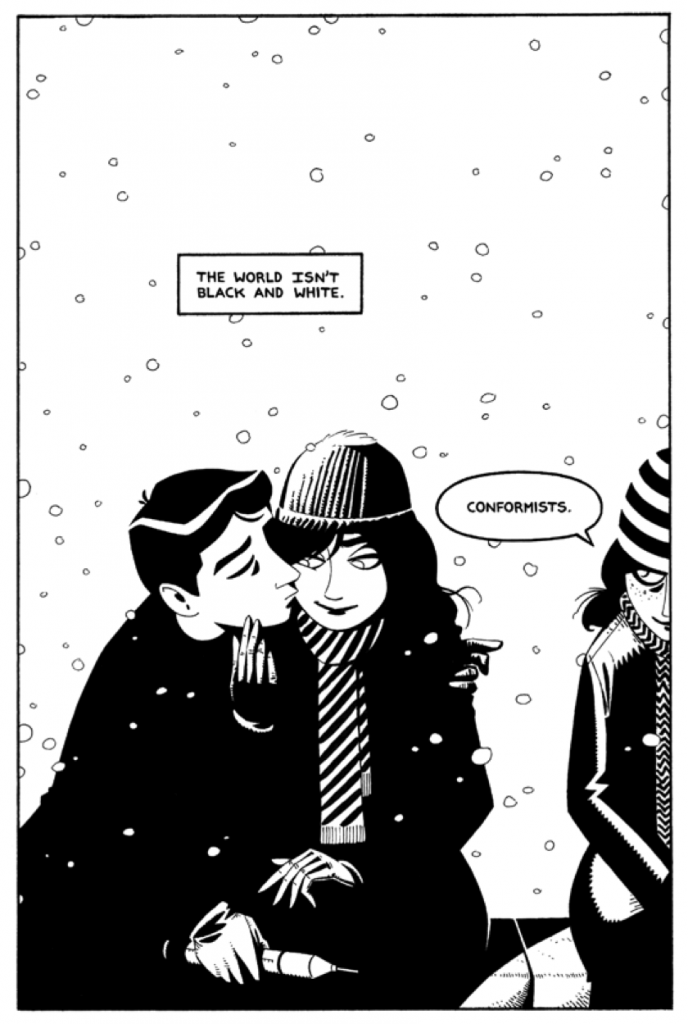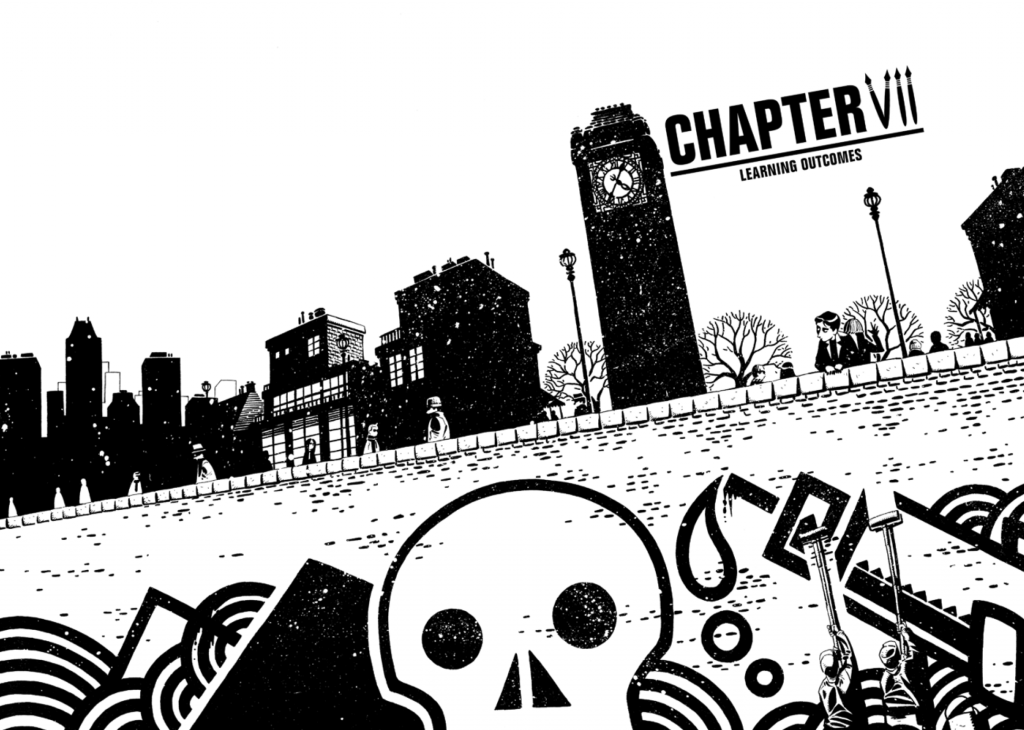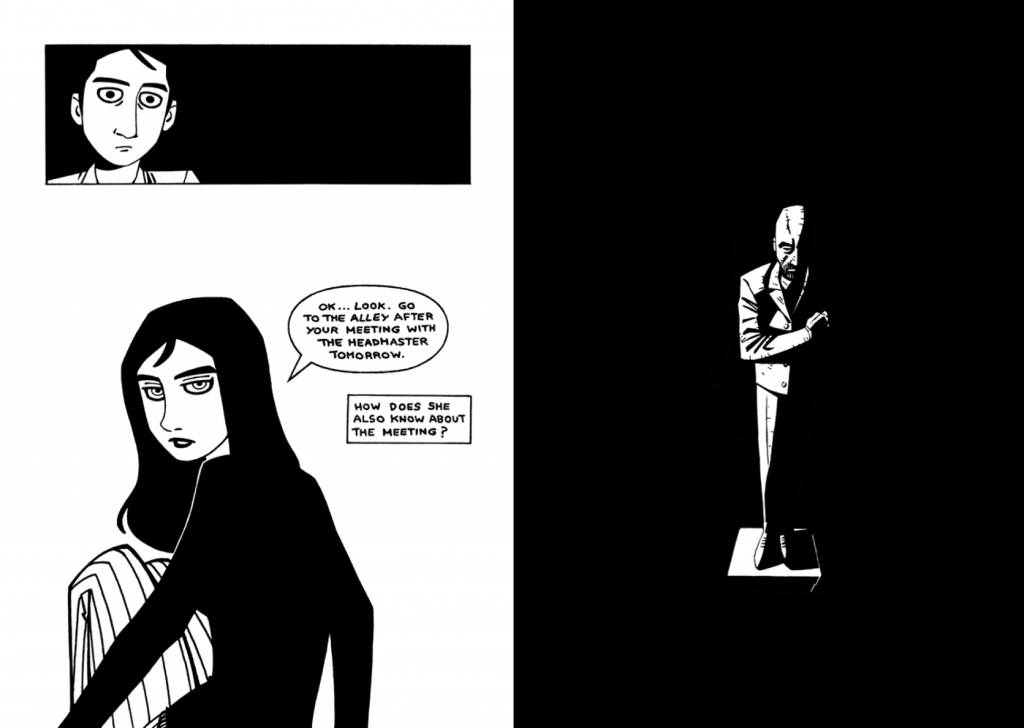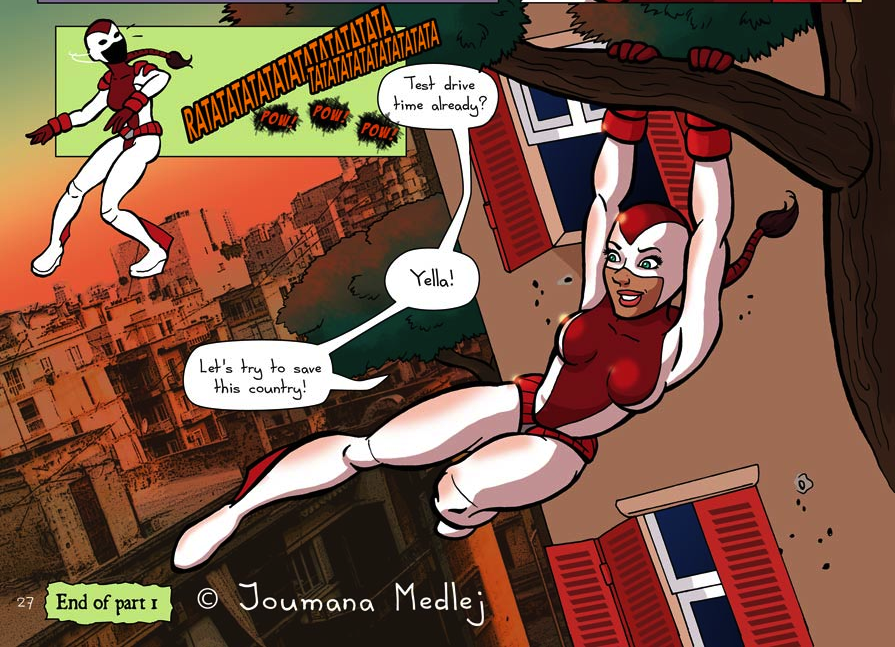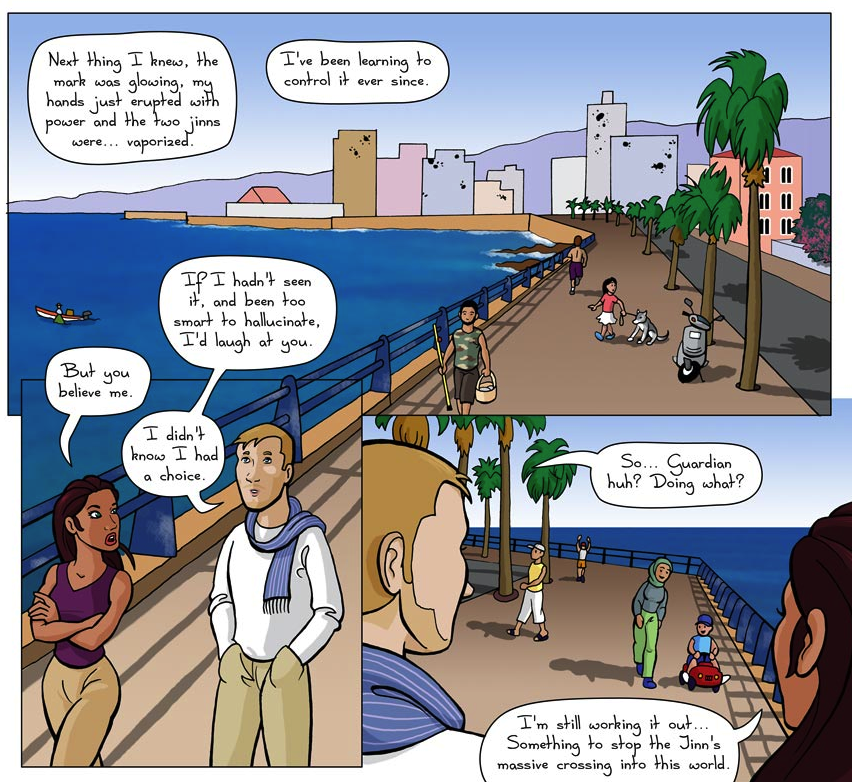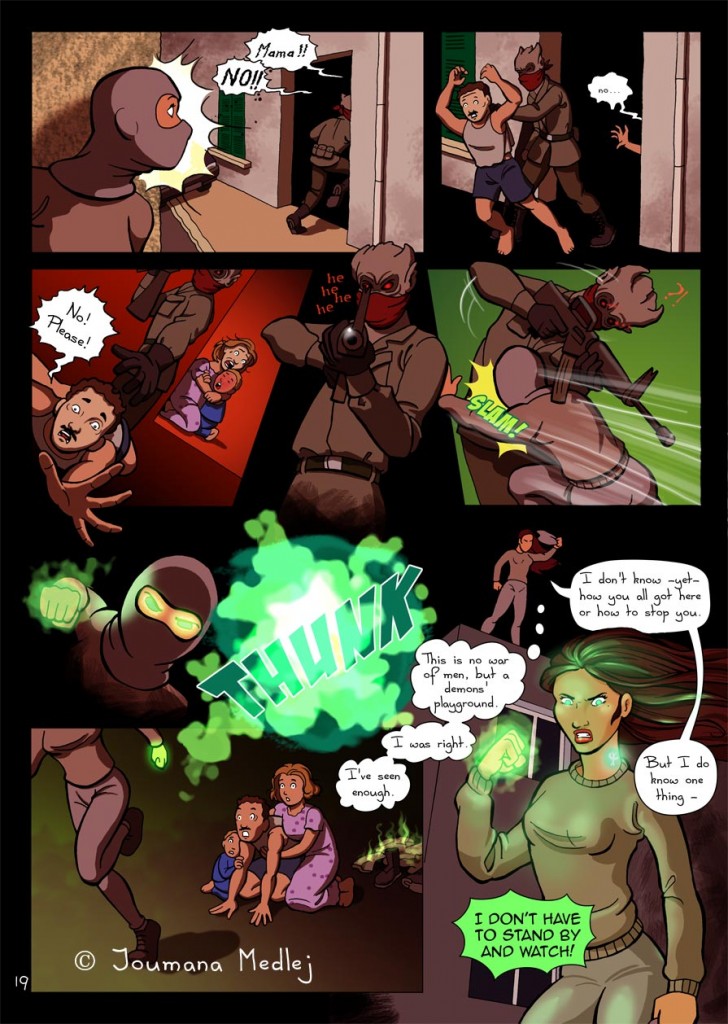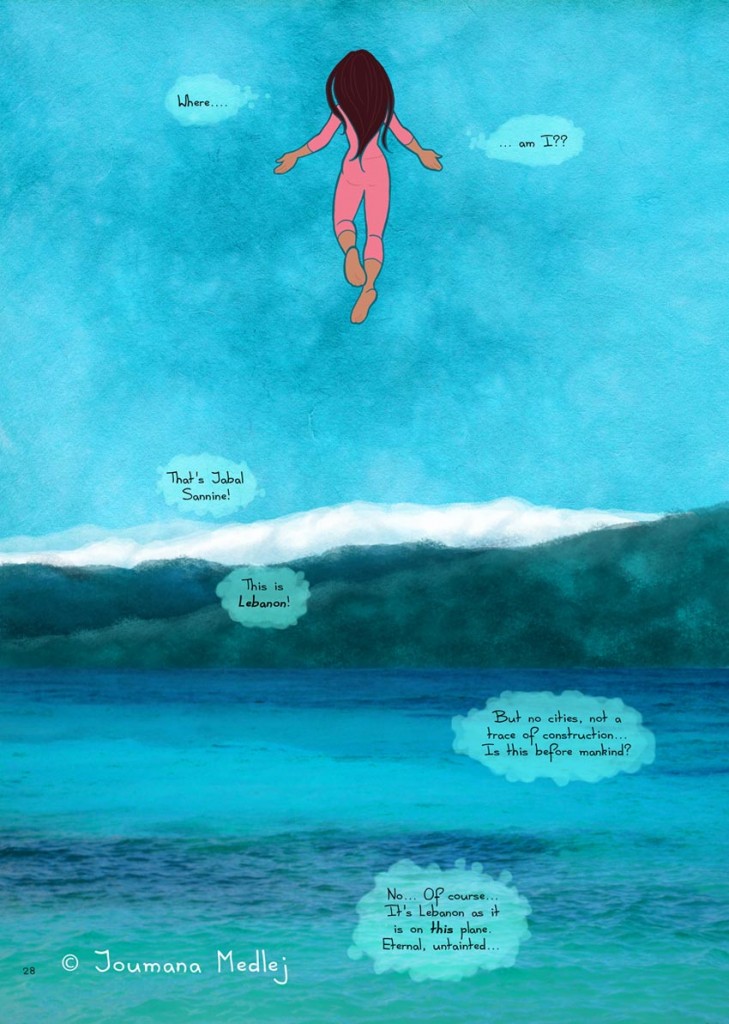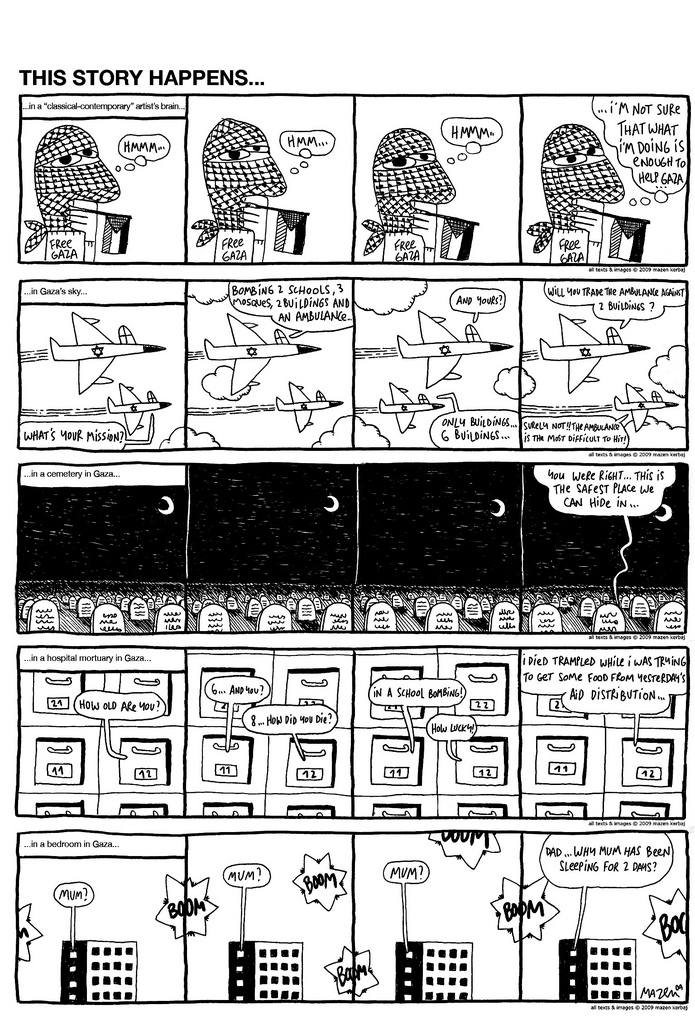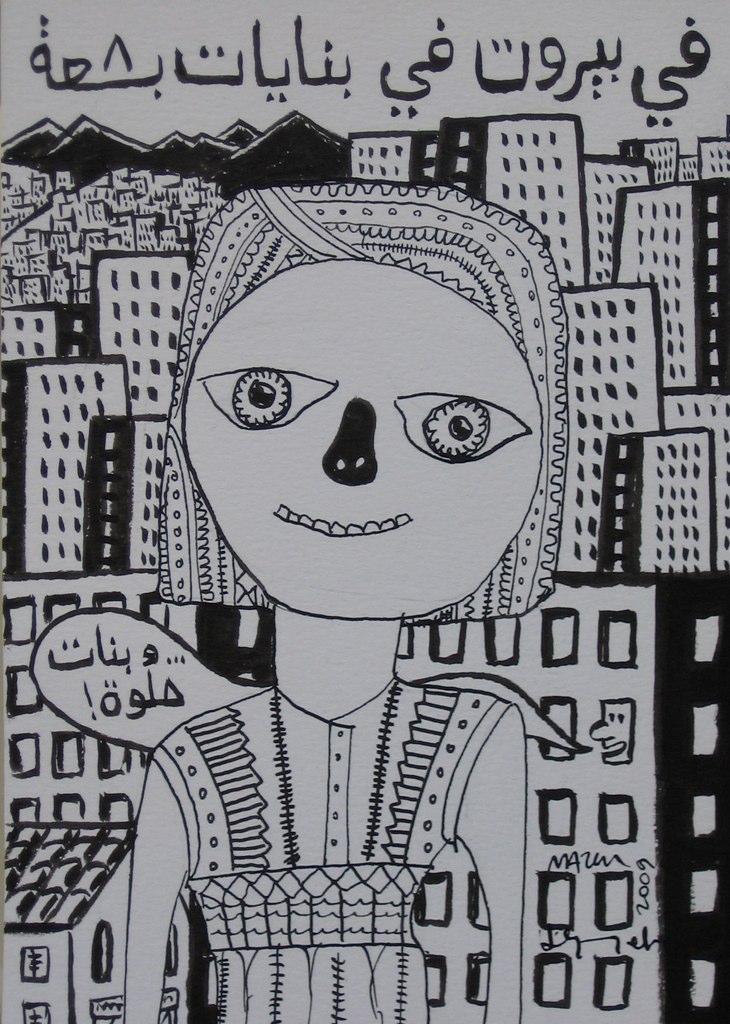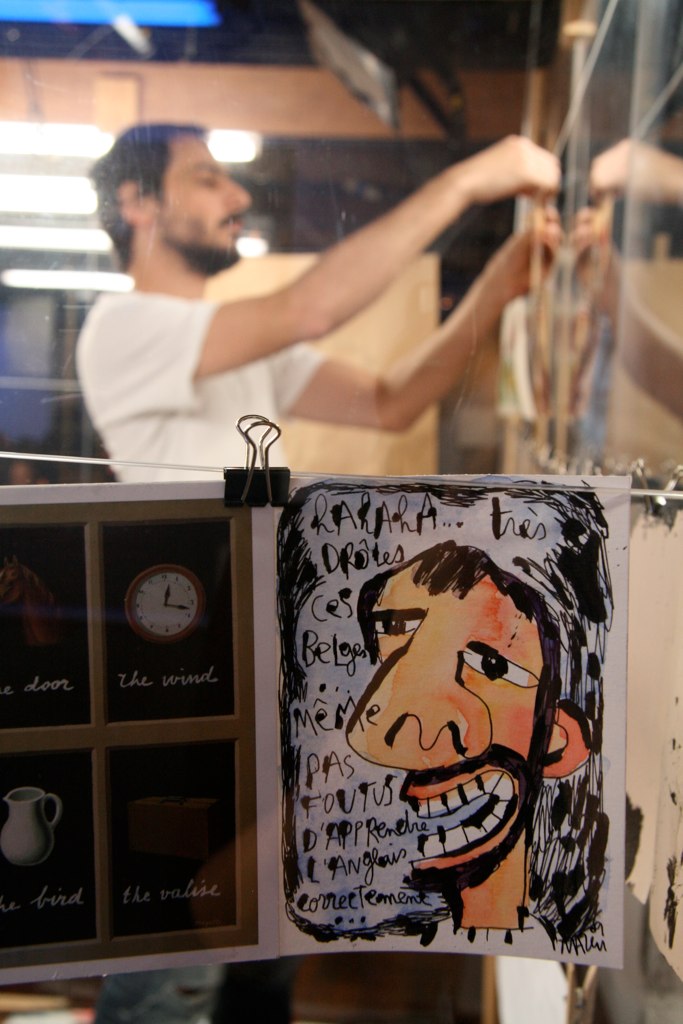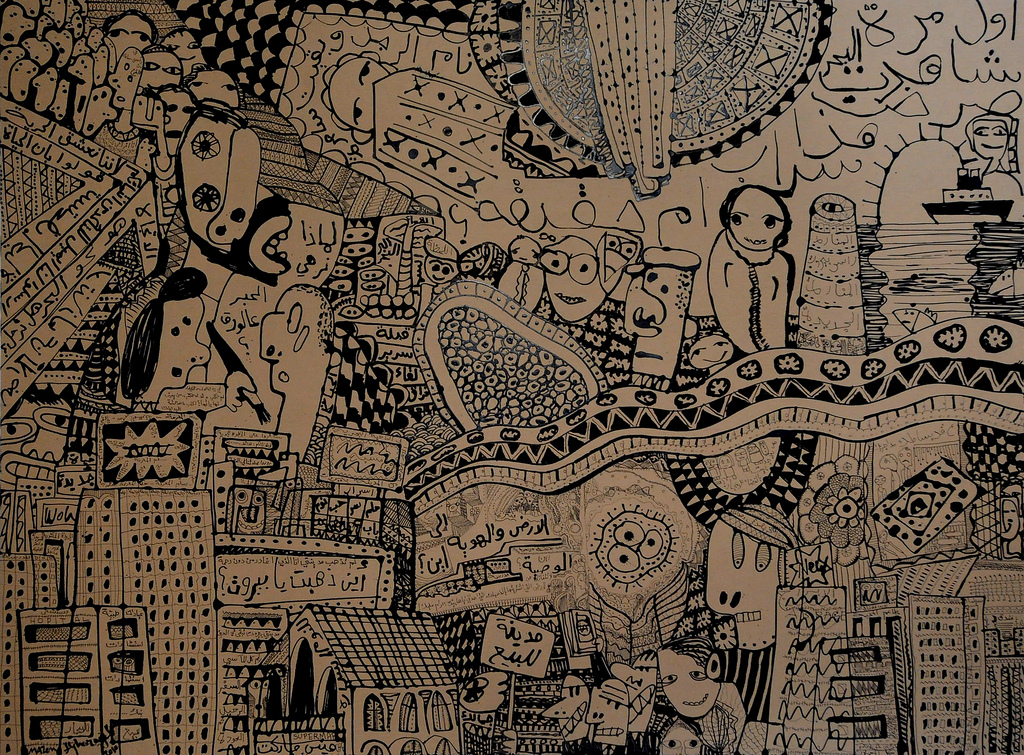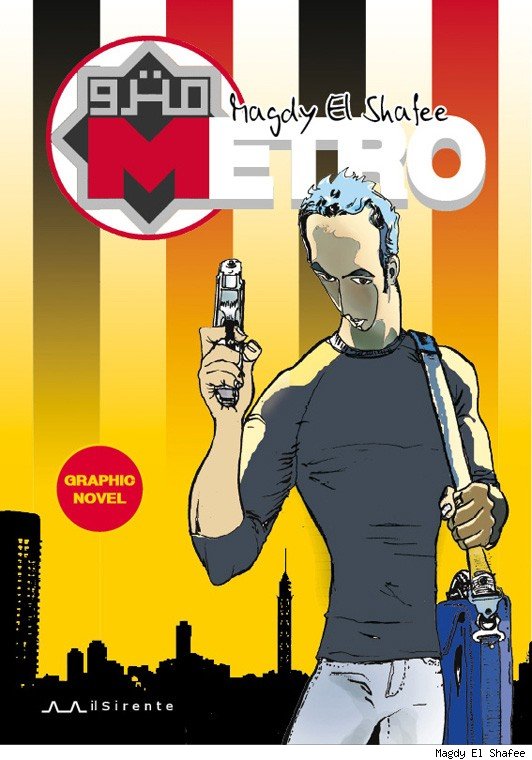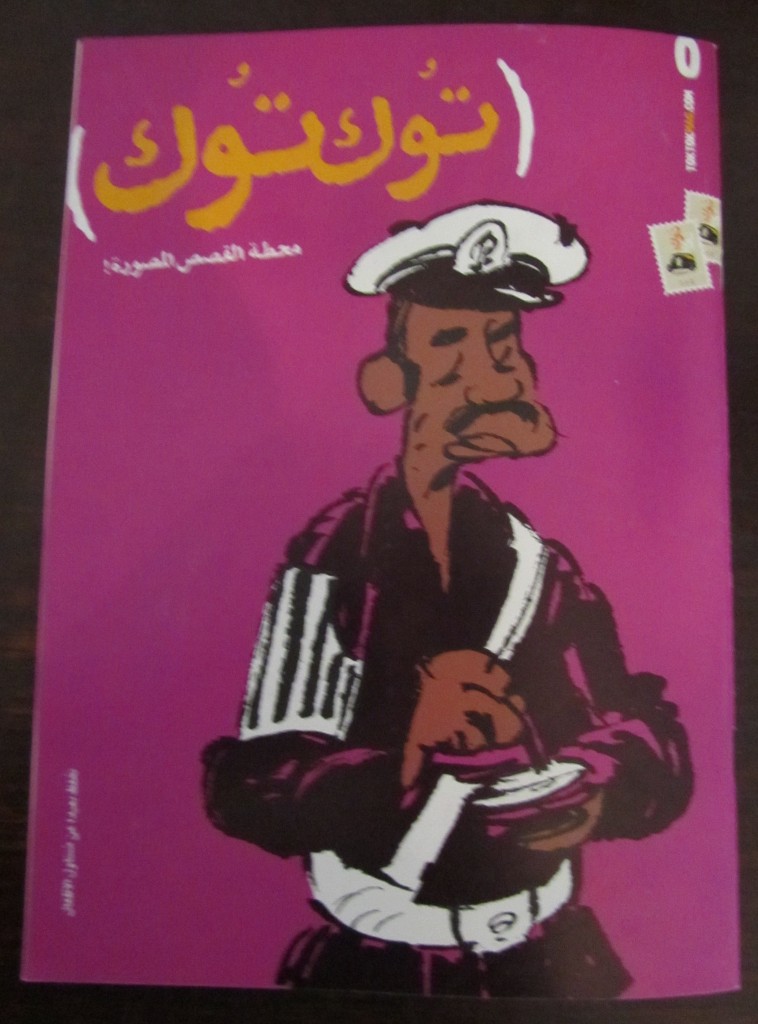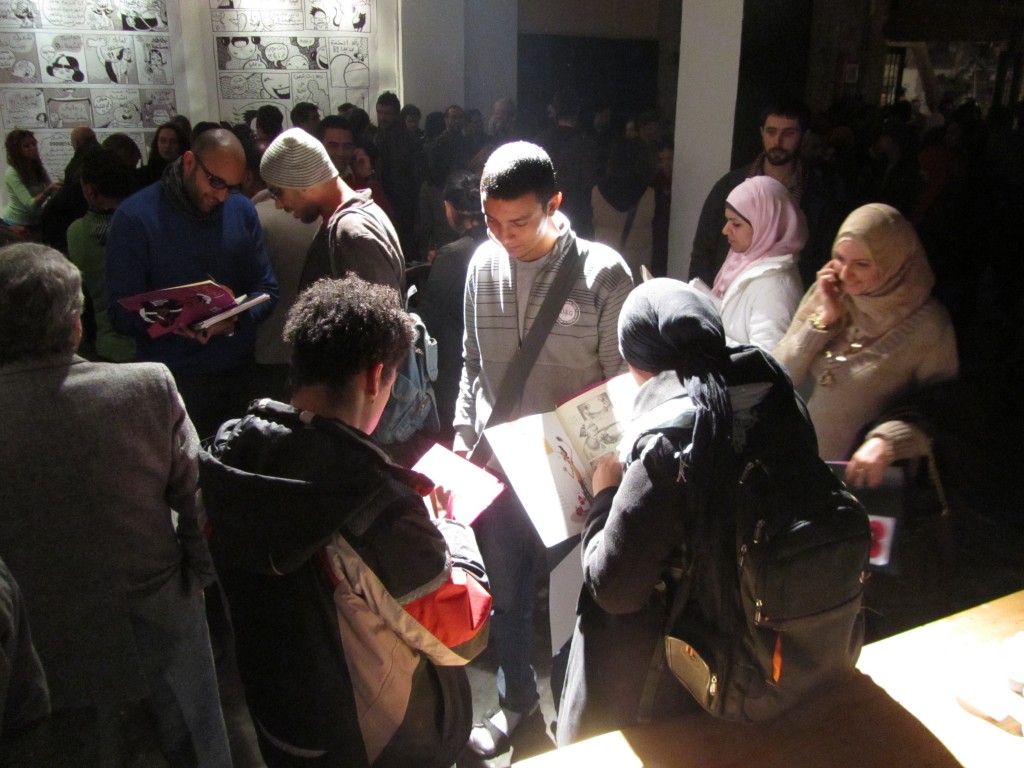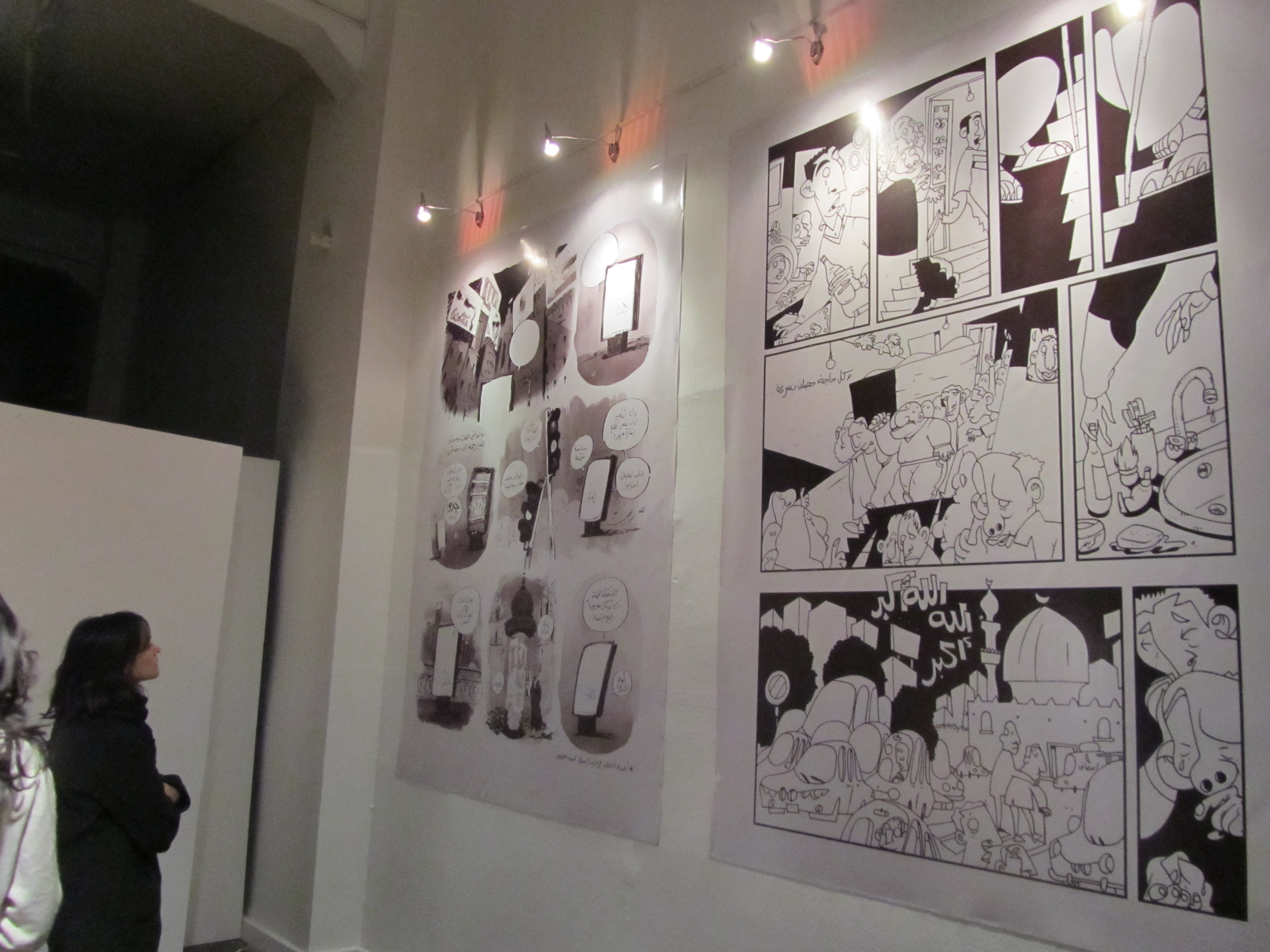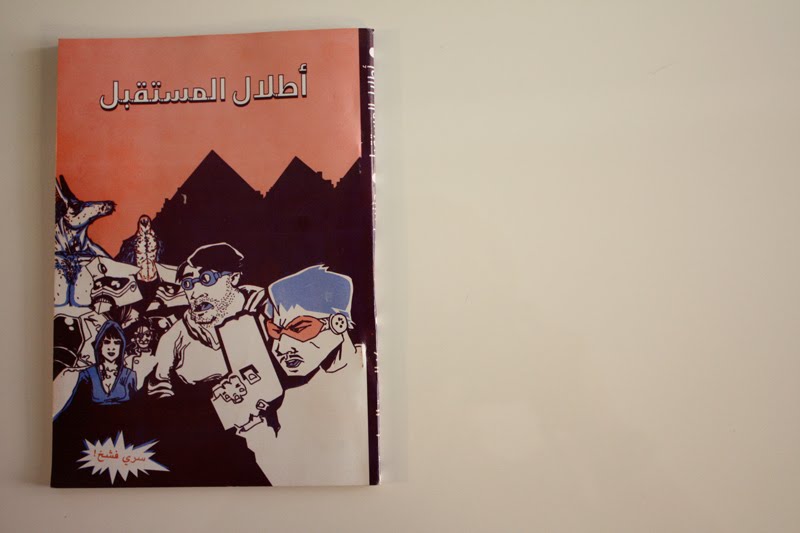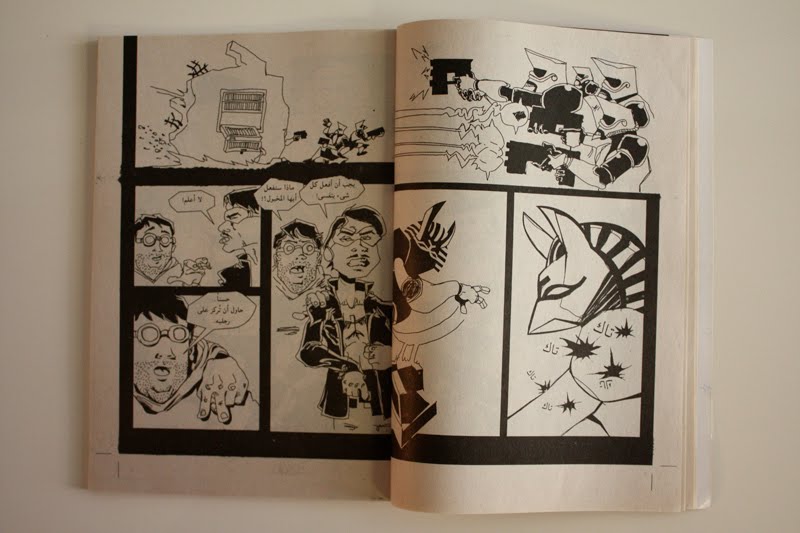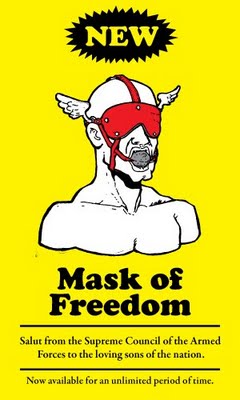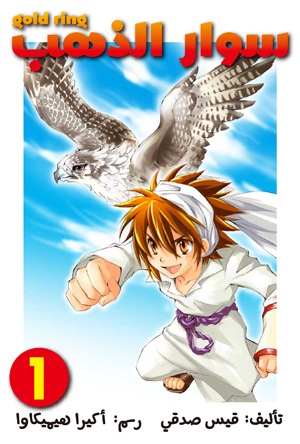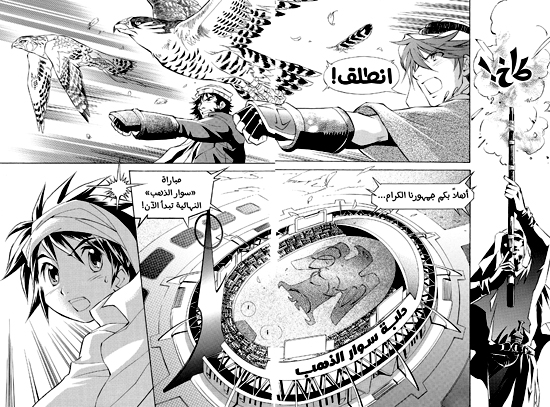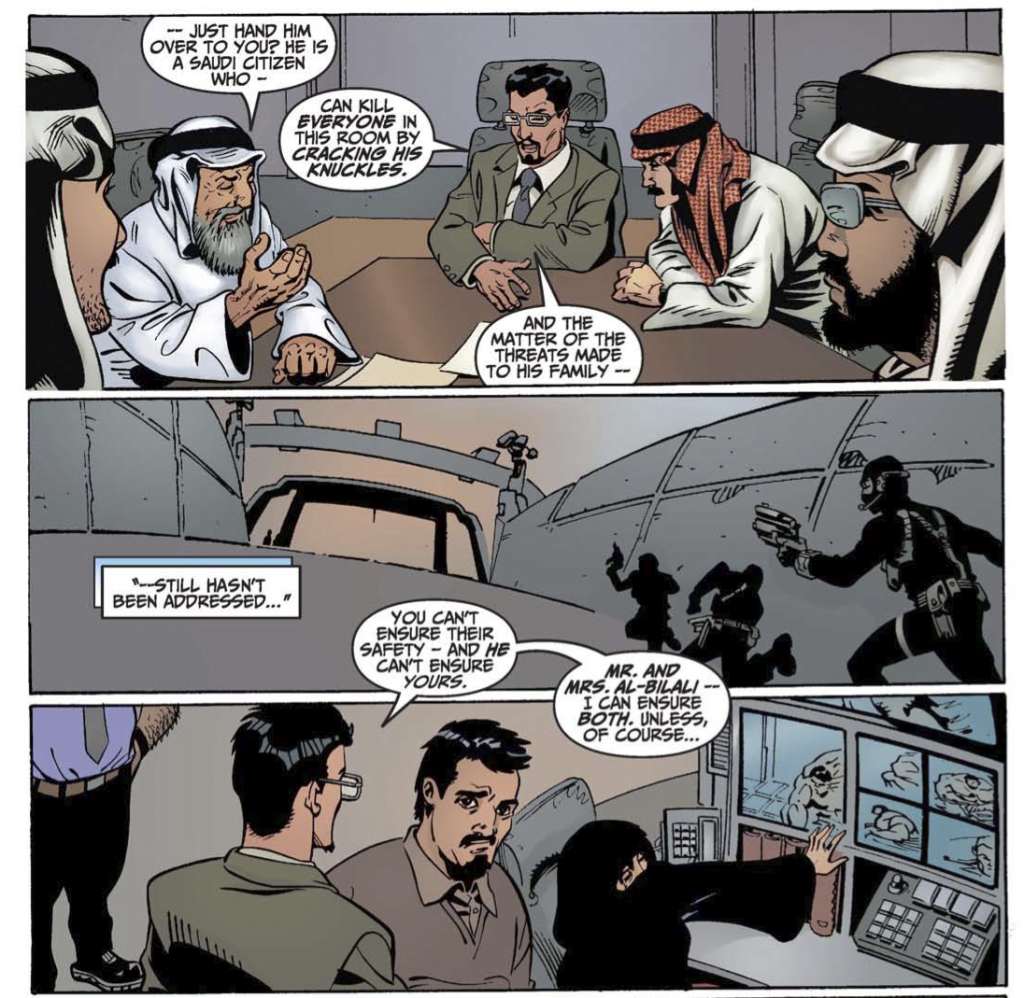The press conference attended by His Excellency Mr. Abdullah Al Owais, Chairman of The Department of Culture and Information. His Highness sheik Sultan Bin Ahmad Al Qasimi, Chairman of Sharjah Media Corporation, the main media sponsor, Mr. Ahmed Al Amri director of Sharjah International book Fair and His Excellency Ibrahim Saad Al Ibrahim Ambassador of The Kingdom Saudi Arabia, His Excellency Mr. Lokesh Mysore Kapanaiah Ambassador of India in the United Arab Emirate. Also Mr. Abdulaziz Trim, General Manager of "Etisalat" in the northern Emirates, and Mr. Marwan Al Sarkal, Executive Director of Sharjah Investment and development corporation.
This year marks the 30th Anniversary of the Sharjah International Book Fair. The 10-day annual fair is recognized as one of the most significant book fairs in the Middle East and the Arab world, it draws a total of 750 publishers, showcases books from 42 nations, and attracts more than 400,000 visitors from both trade and consumer markets. Unlike most western trade shows, SIBF is a consumer facing event and therefore one of the busiest in the world.
This year, in celebration of the thirtieth anniversary, the professional program at SIBF will be expanded to include bespoke matchmaking sessions, a translation program, including the launch of a $300,000 fund to provide translation grants, networking and educational programs.
Sharjah International Book Fair offers readers reading online club which presents wide range books and the best addresses. It comes with "In the presence of the book" program that we have done in collaboration with Sharjah Media Corporation.
HE Abdullah bin Mohammed Al Owais, Chairman of Department of Culture and Information in Sharjah, said, "Sharjah International Book Fair is one of the biggest events which held every year in Sharjah, confirming the vision of His Highness Sheikh Dr. Sultan Bin Mohammed Al Qasimi, member of supreme Council and Ruler of Sharjah, to make Sharjah as a key hub of culture and heritage across the region."
Mr. Ahmad Bin Rakadh Al Amri, Director of SIBF, said, "This year, in celebration of the thirtieth anniversary, the professional program at SIBF will be expanded to include bespoke matchmaking sessions, a translation program, including the launch of a $300,000 fund to provide translation grants, networking and educational programmes."
"We will complete this successful process under the patronage and guidance of His Highness Dr. Sheikh Sultan Bin Mohammed Al Qasimi Member of The Supreme Council, Ruler of Sharjah Who took it upon himself to support the cultural movement in Sharjah and the
UAE as a whole," Al Amri added.
Already over 50 international publishers have confirmed attendance from over 16 countries as far such as Japan, Russia, US, Romania, UK and Mexico. The program will also be attended by Arab publishers from across the region keen to build their networks with international publishers. Furthermore, this edition will offer Live Cookery Show 2011 Program which includes 32 recipes across the World represents English, Japanese, Gulf and Mediterranean kitchens as well as easy recipes for kids.
The program of events will also provide Child Program, which includes more than 200 entertainment activities. For the cultural events this edition will be presented 62 cultural events and cultural café's which includes café for children, Sunrise café, Arts and cultures café each one presents more than 30 events. The line-up this year includes Peter James, world renowned crime writer, Kate Mosse, New York Times best-selling novelist and George Goodwin, award-winning historian among of 15 international and Arab authors will be attended this edition.
Unlike most western trade shows, SIBF is a consumer facing event and therefore one of the busiest in the world. Book fairs in Europe tend to be restricted to professionals but Book Fairs in the Arab market target the public as well as professionals.Therefore, Arab Book fairs play a pivotal role in allowing publishers an opportunity to enter a country and sell their books without having to sort out the logistics of finding a distributer. Members of the public who attend Sharjah will have the unique opportunity to meet publishers and authors and buy books directly.
The Sharjah International Book Fair (SIBF) runs from 16th November - 26th November 2011 at the Expo Centre, Sharjah
.




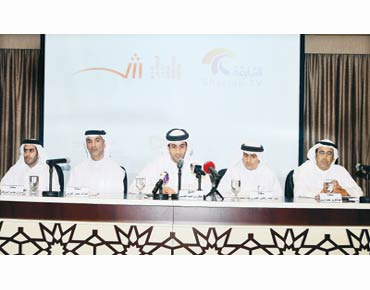

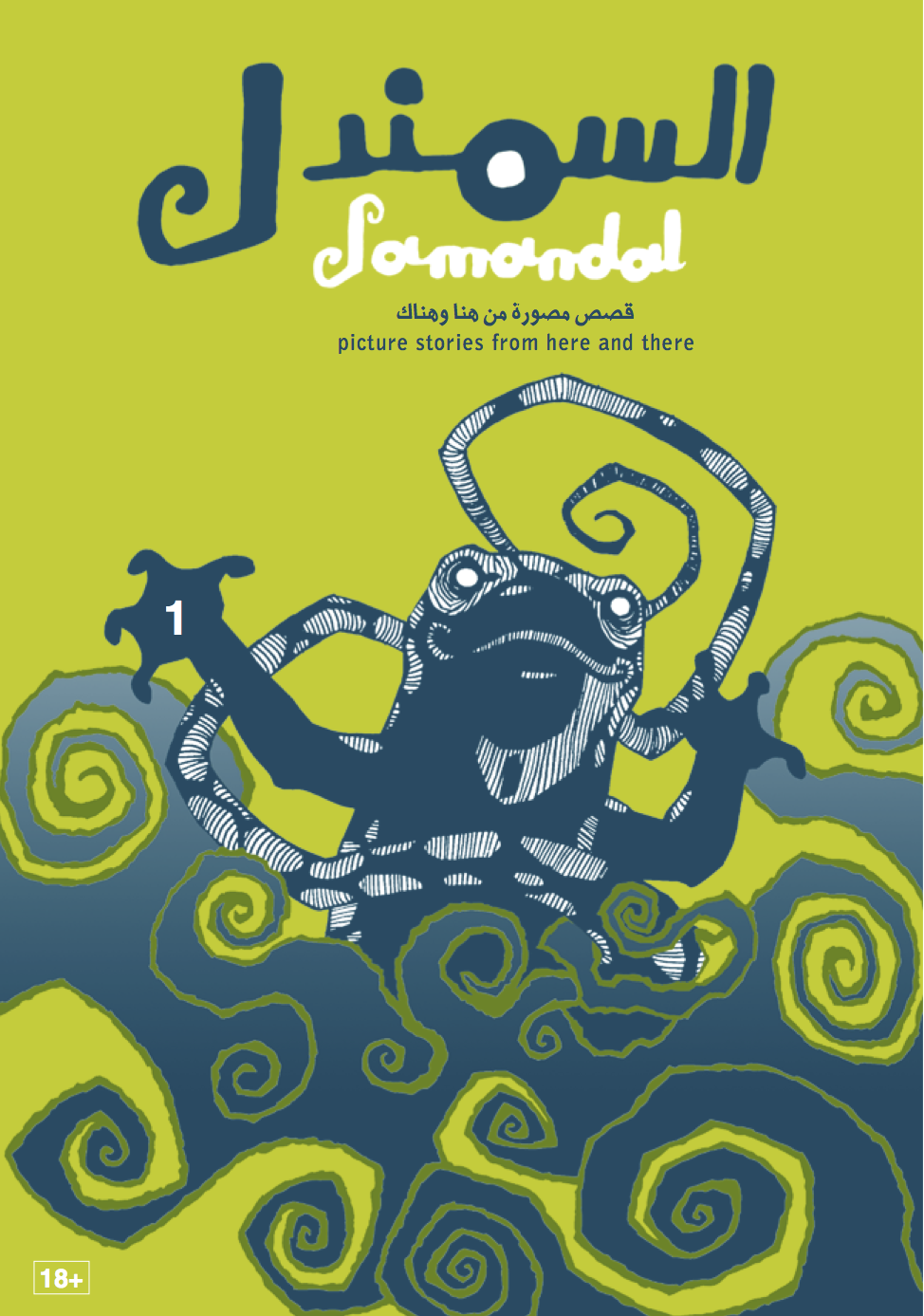
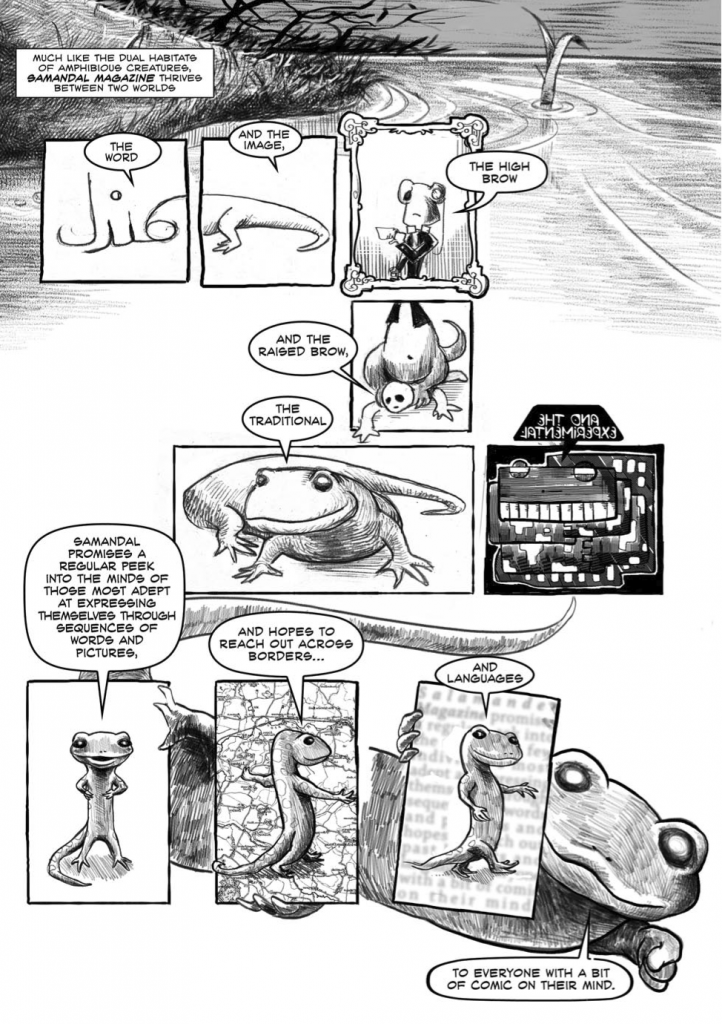 In the premier issue the staff offers an answer to “What is Samandal?”
In the premier issue the staff offers an answer to “What is Samandal?”